Violence is tearing Mali and the Sahel apart. But who are the armed groups behind the bloodshed? Where are international actors stationed in the region? And what motivates them all? This project maps jihadist and non-jihadist groups and pinpoints the presence of external actors in the region as of May 2019.
The Group for the Support of Islam and Muslims (Jama’at Nusrat al-Islam wa al-Muslimeen, JNIM)
JNIM, an umbrella coalition of al-Qaeda-aligned groups, announced its existence in March 2017 in a video release featuring the leaders of its component parts – Ansar al-Din, al-Qaeda in the Islamic Maghreb, al-Mourabitoun, and Katibat Macina. Headed by Tuareg militant leader Iyad Ag Ghali, JNIM has since established an independent media arm and regularly claims responsibility for attacks throughout Mali. It took credit for the January 2019 attack that killed ten UN peacekeepers in Aguelhoc, recent devastating attacks on Malian army bases in Dioura and Guiré, and several attacks against security forces as well as other armed groups in Niger and Burkina Faso.
Broadly speaking, JNIM’s aim is to drive foreign (especially French and UN) forces out of Mali, and to impose its version of Islamic law. It maintains its allegiance to al-Qaeda and seeks to spread the reach of jihadist groups in the region. Although the components within JNIM act relatively autonomously, they have still consistently reaffirmed their membership in the umbrella group. Katibat Macina leader Amadou Kouffa in particular has consistently confirmed the centrality of Iyad Ag Ghali to the movement and to any potential negotiations with them. Despite heavy losses at the hands of French forces, JNIM continues to operate throughout Mali and into Burkina Faso and Niger, conducting complex attacks, assassinations, and improvised explosive device (IED) attacks on UN, Malian, and French forces.
